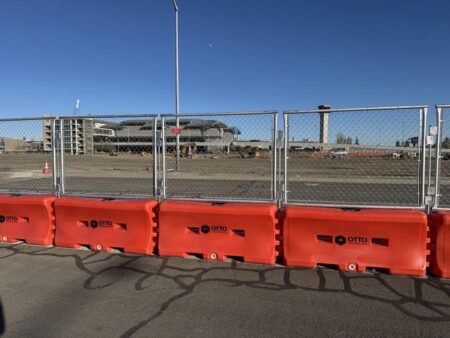Poor data has been identified as one of the key challenges that UK local authorities are facing in improving safety, in a new survey carried out by AI traffic analytics firm VivaCity.
More than a third (36%) of local authorities in the survey said they were relying on out-of-date KSI (Killed or Seriously Injured) data to assess the success of road safety schemes.
When it comes to existing data used to assess the success of road safety schemes and infrastructure, 45% of respondents reported a lack of accurate and quality data. Similarly, 39% also pointed to the absence of proven methodologies or processes as a barrier to effective road safety planning.
When asked which road users they prioritise when it comes to road safety – ranking motor vehicles, buses, cyclists, pedestrians and e-scooters from ‘most important’ to ‘least important’ – a mere 6% of local authorities consider cyclists as the most important road users.
On top of this, e-scooters were selected as ‘least important’ the most, with over half (51%) of respondents rating them their last choice when it comes to prioritising road safety. On the other hand, the results revealed that pedestrians are a top priority for local authorities and councils, with over half (55%) prioritising them over other transport modes.

“These findings highlight critical gaps in road safety prioritisation and resource allocation,” says Mark Nicholson, CEO at VivaCity. “Focusing on the safety of all types of vulnerable road users including cyclists and pedestrians is key to boosting active travel. There is an urgent need for local authorities to reevaluate their existing data to ensure that they have access to accurate analysis on the success of road safety schemes so that we can create safer and more sustainable towns and cities.”





